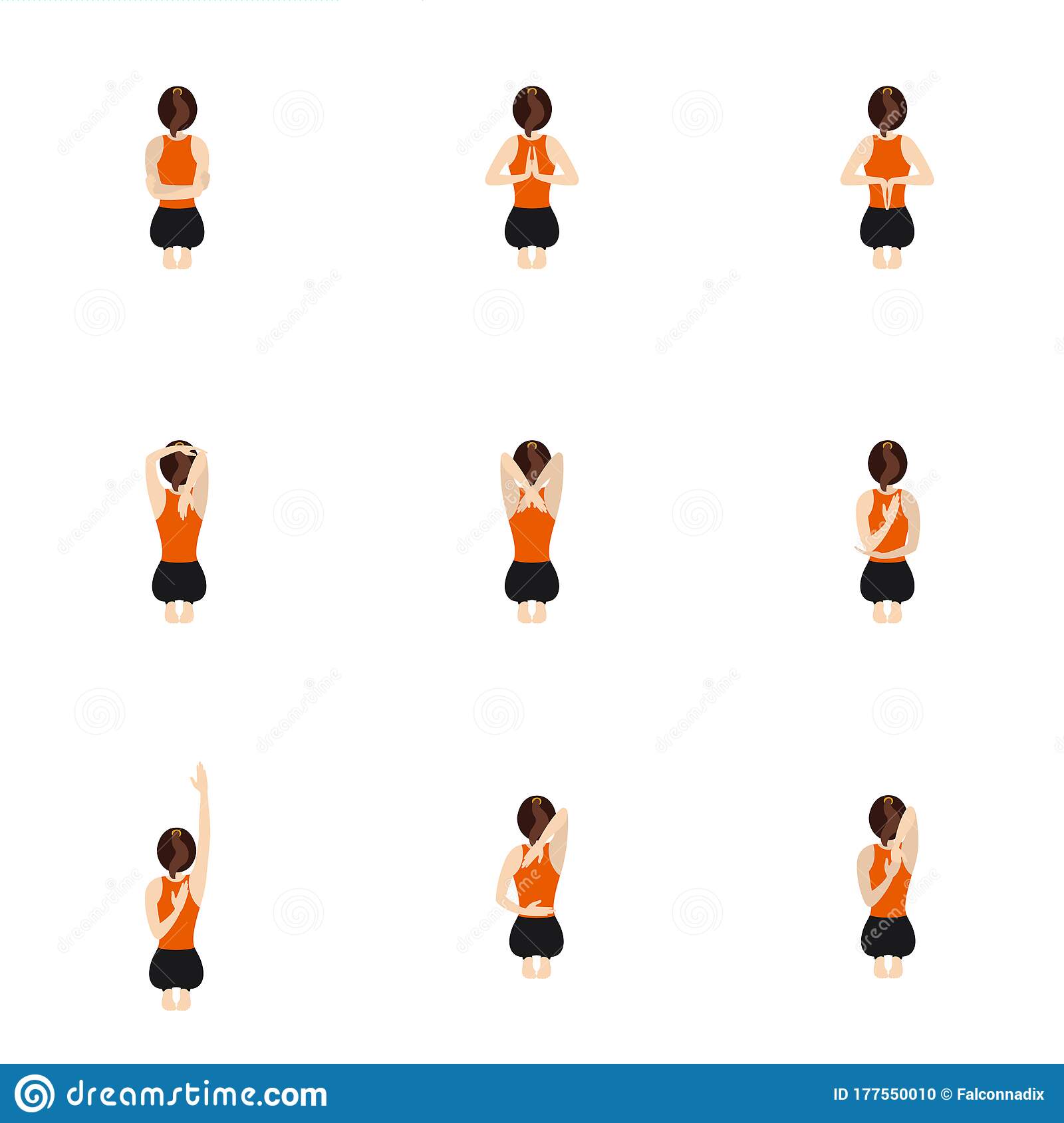
Sanskrit means "unite" or "join". Yoga's origins are from Sanskrit. This union refers to a union of mind and body, and to the individual consciousness with universal consciousness. Yogaic practice was widespread in India during the early years of the 20th century. Lord Shiva was the first known Yogi. He disseminated it via his writings. These books were then translated into many other languages and sent to various regions of the world.
As yoga became more mainstream, it was not unusual for it to have a more western appearance in Europe. The widespread availability of yoga videos began in the early 1900s with the introduction of VHS tapes (and DVDs) to help. The booming fitness industry and the Internet made yoga popular in the United States, and the spread of the practice was fast and widespread. The transatlantic flight and invention of the microphone made it possible to reach large audiences.
The history of yoga dates back thousands upon thousands of years. It was first used for spiritual purposes. However, Westerners only became aware of yoga in the middle 19th century. Swami Vivekananda was an Indian monk who traveled throughout Europe and the U.S. in order to spread the practice. He eventually taught yoga to the West, where it has been popularized in modern times. This is a great place to learn about yoga's historical roots.

The origins of yoga can be traced back as far back as ancient times to northern India. The Vedas, the oldest of the four vedas, contain references to the practice. Over a thousand hymns and 200 mantras are contained in the Rig Veda. The Rig Veda was used by priests of the Vedic age to learn about the different positions and postures of yoga. Later centuries saw many Rishis refine the practice and bring it into the 21st century. Another great resource for information on the history of yoga is the Upanishads.
Yoga was first mentioned in ancient India. The practice evolved to include asanas or physical postures. Hatha yoga became very popular in America during the early 1900s. Teachers began to add asanas and other activities to their classes. The 1970s saw the practice become mainstream and accepted all over the globe. The popularity of yoga grew and spread after its birth in the United States.
The history of yoga is complex. Yoga's origins date back to 2000 BC when it was primarily a mind-body practice. Then, it was influenced by western gymnastics, and the first Hatha yoga practices were developed. In the 1920s, Hatha Yoga, a more body-centered type of yoga, was created. Asanas are used in today's yoga to achieve this goal.
The history of yoga has deep roots in ancient India. The practice of yoga in ancient India was quite different from Vinyasa classes today. However, by studying the history of yoga, you will be able to appreciate it more and understand it better. You will see that ancient yoga was not done in the same manner as modern-day Yoga. You can trace back thousands of year to the origins and gain a deeper understanding of Yoga.

Yoga has a long history. Although the ancient yoga practitioners were mainly Hindu, their influences were still heavily Hindu. Yoga was banned in the west by the British. The practice of yoga only began to spread to the rest of Europe and the US after these events. In the late 1800s, yoga was brought to America by gurus from India. Asana can be described as a form meditation.
Asana is the core of all yoga practices. The practice of asana is ancient. Yoga was spiritual and religious in the 5th century. Jainism and Buddhism were also part of the ancient tradition. The Classical Period was the time when yoga beliefs and practices were first presented in a systematic manner. For centuries, yoga's popularity and influence grew. As with any new practice however, the roots of yoga are still rooted in the exact same principles and ideals.
FAQ
Egg is good for men?
All nutrients are contained in the egg. It helps to maintain strong bones and healthy hearts and lungs and stabilize blood pressure.
Eggs are an excellent source protein, vitamins A,B12, D E, K and calcium. They also contain vitamin B12, D-E, K, calcium and phosphorus.
The egg yolk is high in cholesterol. However, it does not contain saturated fat. Eggs contain less saturated fat than most other foods.
They are also low on calories and sodium. They are very versatile and can be cooked any way you'd like. They can be fried, poached, scrambled, boiled, hard-boil and baked.
They are very nutritious and easy-to-prepare.
You should eat at least two whole eggs per day. You don't have to eat eggs.
Essential nutrients are found in eggs. Add eggs to your diet today.
What's a good workout routine for daily?
To stay fit, you need to exercise regularly. It doesn't make a difference what kind of activity you choose. As long as you do it often, it will be beneficial. Consistency and consistency are the keys to success. To achieve success, you need to persevere for a long time.
Begin small daily activities like walking. Start by walking for a few minutes every day. Gradually increase your time exercising to 30 minutes per week. This could include running, cycling, swimming, weight training, yoga, or aerobics classes.
It's important that you get your exercise done every day. You should not miss any sessions unless there is a good reason.
When exercising outside, make sure you have the right clothing and shoes. You should also consider the weather conditions that could affect your ability exercise safely.
When you exercise, make sure you are drinking plenty of water. Drinking alcohol at this time can lead to dehydration. Also, avoid caffeinated drinks such as coffee, tea, and cola. They can give you energy, but will also dehydrate.
When you first start exercising, you might feel tired after completing your workouts. You'll feel more energetic and refreshed if you keep going with your exercise program.
Do weightlifting burn fat faster?
Weight lifting will help you burn more fat, but it's best to combine it and cardio.
For the best results of weightlifting, do it after cardio exercises.
If done correctly weightlifting can raise your heart rate, oxygen consumption and help you lose weight.
If you don't mix it with cardio, your body won't notice significant changes.
Statistics
- Candidates and applicants must pass all four tests at 70% (minimum level) to graduate from Basic Deputy U.S. Marshal (BDUSM) Training. (usmarshals.gov)
- According to the American Academy of Dermatology (AAD), men over 50 are at a heightened risk of developing it. (healthline.com)
- 10 pounds in a month is likely during a lean bulking phase, especially for beginners. (muscleandstrength.com)
- An estimated calorie range for moderately active adult males falls between 2,200 to 2,800 calories per day, depending on age. (eatright.org)
- Cardmembers earn 5% Back at Amazon.com with a Prime Credit Card. (amazon.com)
External Links
How To
How to Eat Well for Men
Choose to eat small meals instead of three large meals per day. You'll spend less time waiting for your food to be digested. Later you will be less likely to overeat.
Avoid snacking before bedtime. Do not eat after midnight. You may wake up hungry and overeat next day.
Consider having a light snack one hour before bed.
Avoid snack attacks where you grab something every time you feel hungry. This is particularly dangerous if your weight is already high.
You should ensure that your meals are balanced. If you skip breakfast, make sure you don't overdo it at lunch and dinner.
Cut back on calories if weight loss is a problem.
Reduce your intake of alcohol, nicotine, and caffeine. Both can alter the way your body processes nutrients.
Get enough rest. Sleep deprivation makes people crave junk food.
Exercise regularly. Exercise improves your mood, boosts energy levels, and burns extra calories.
Take care of yourself mentally. Overeating and weight gain can be caused by stress.
Relax. Meditation and yoga can help relieve stress and anxiety.
Keep track everything you eat. Take down all that goes in your mouth.
Do not forget to take your supplements! Vitamins and minerals are often not enough for men to stay healthy.
Every day, take a multivitamin. A daily multivitamin can help you avoid deficiencies in certain vitamins and minerals.
Consider taking vitamin C supplements. It keeps your immune system strong, and helps to prevent scurvy.
Add zinc to your diet. Impotence can be caused by zinc deficiency.
Drink water. Drink water at a minimum of 1.5 liters (or 4 cups) per day.
Limit salt. Reduce salt intake.
Avoid trans fat. Trans fat has been linked to higher obesity, diabetes, and heart disease rates.
Best Male Enhancement Products for 2018 – Best Male Enhancement Tablets Reviews
There are many male enhancement options available. While some work well, others are not as effective. This article will tell you about the best male enhancement products that actually work.